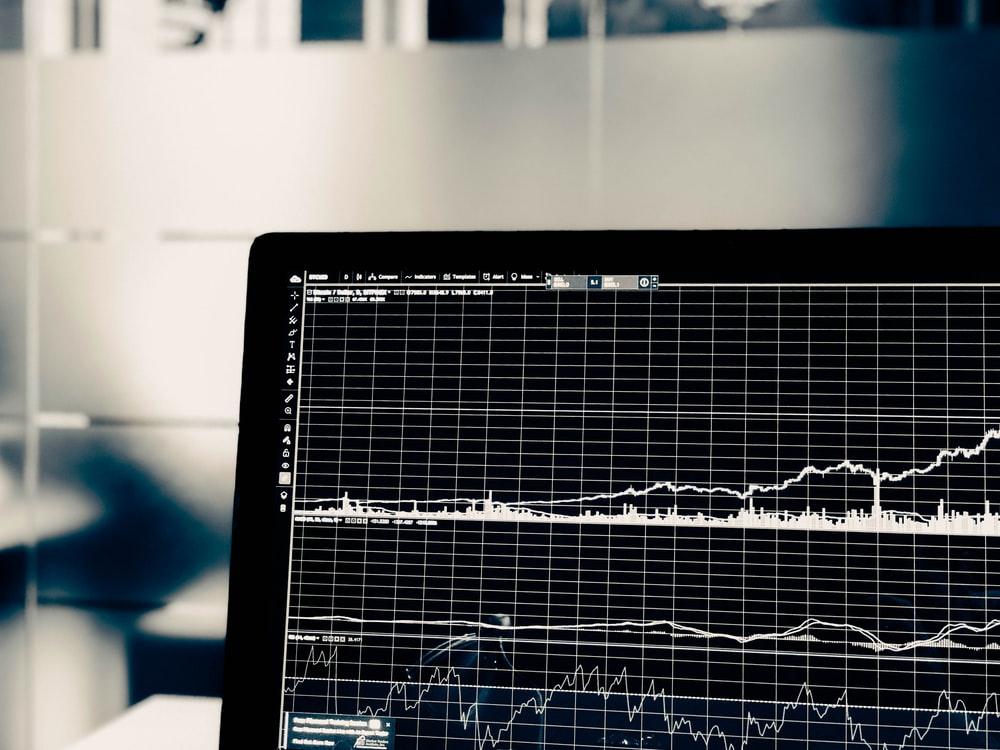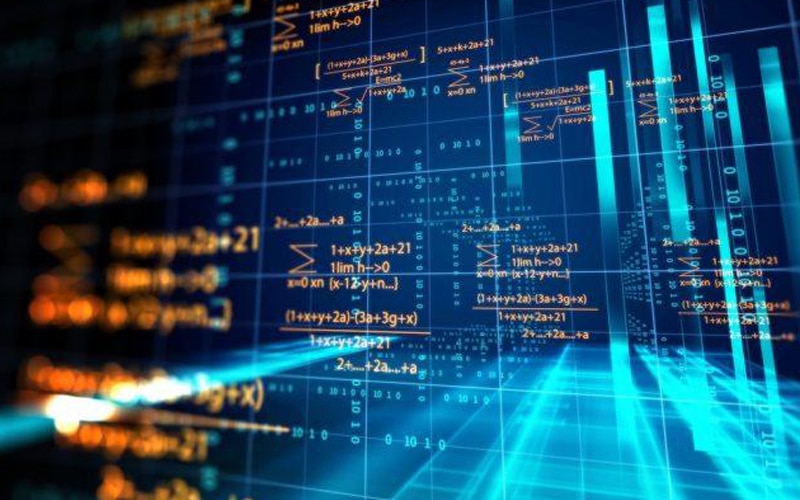Automated trading refers to placing a trade by using a computer program that follows an algorithm. The algorithm is a defined set of instructions. Also known as black-box trading and algorithmic trading, automated trading can generate profits efficiently and frequently which a human trader cannot. The algorithm is based on quantity, price, timing, or any mathematical model. By eliminating the impact of human errors and emotions from trading activities, automated trading makes trading more systematic and markets more liquid.
The history of automated trading goes way back. In the late 1700s, Homma Muneshisa in Japan used candlestick charting to illustrate the fundamentals of trading. Now, candlestick chartings use bars to display the graphical representation of an asset’s price movement.
The book “Technical Analysis of Stock Trends” published in 1948 gave an in-depth explanation of trending, volume analysis, patterns, and the importance of using markets which led to modern technical analysis. Many new indicators started to come to the market after this. This is when moving averages and pattern-based systems became familiar. From 1970 to 1978, many new concepts on technical trading systems were published. Eventually, people started using more new indicators like the RSI, ADX and DMI, Parabolic SAR, ATR, and more.
How Is Automated Trading Changing the Financial Industry?
The financial industry was stuck at a place for decades because it was not going through any changes in the process. As a result, the inefficiency of the industry was increasing rapidly. With the introduction to automated trading, we could notice significant changes, such as:
- Efficiency: Before traders had to rely purely on their intuition and experience and it was not very efficient. However, EAs and forex robots make decisions and execute trades according to the algorithm. They analyze the market and fundamental data like volume and price information. Not only the decisions are logical, but they are also made fast than before.
- Reduced risks: Forex robots and EAs are way better than human traders when it comes to avoiding risks. They can detect and analyze the anomalies in the market and act accordingly. Thus, automated trading counteracts market manipulation. With facts and data-based intelligence, the process becomes safer and restrains from making wrong investment calls.
- Consistency: One of the biggest challenges traders used to face before was planning the next move. It is important to keep in mind that you cannot win all the time. Losses are inevitable in trading. However, losses can harm traders psychologically and make them inconsistent. Automated trading, however, is emotionless, and thus, consistent in making decisions.
What Are EA And Forex Robot?

Basic Tips to Create Your Trading Robot
Apart from purchasing trading robots, you can also create them. However, you need to have an in-depth understanding of trading before you create your own robots.
Understanding the risk:
Although algorithmic trading is a great way of earning money, you must keep in mind that it also has some downsides that threaten the liquidity and stability of the forex market. First, there are imbalances among the market participants when it comes to trading ability. Some traders have acquired sophisticated technology to derive information and execute orders faster than others. These imbalances can lead to fragmentation within the foreign exchange market. Moreover, high-frequency trading can affect the market as well. Lastly, it is not rare when we notice high volatility and a drastic reduction in the liquidity of the market during turbulence. When you are getting a robot or making your own, you need to consider the risks so you can avoid them.
Availability of market and company data:
Trading algorithms are designed in a way so they can act on real-time market data, as well as price quotes. Sometimes, programmers also customize a few programs to account for company fundamentals data such as P/E ratios and earnings. When you create your robot, keep in mind that the algorithmic trading software much have a real-time market data feed and also a company data feed. You should have it built-in with the system. Having a provision to integrate it from alternate sources easily is also an option.
Connectivity to markets that you need:
If you want to trade across multiple markets, then you should know that different exchanges have different formats of the data feeds they provide. For example, there are types like FIX, TCP/IP, and Multicast. The software you make should be able to work with different formats or it will not be able to accept all feeds. You can also opt for a third party. Data vendors aggregate market data from various exchanges and offer it in a uniform format. Your software can process these aggregated feeds when you need them.
Execution speed:
Speed is one of the most important factors when it comes to algorithmic trading. Traders use robots to trade efficiently in the first place. When you create a robot, make sure that it is able to analyze data fast so it can execute trading quicker than human traders. It must also be efficient in spotting risks and errors.
Avoid overfitting:
Overfitting is a very common problem in data science and machine learning. It happens when a model does not generalize well from the training data to unseen data. For example, the software may predict a 99% accuracy of a condition. However, when you run it on an unseen dataset, you may end up getting 50% accuracy. While creating a robot, you need to be careful about overfitting. There are many ways to avoid it, like cross-validation, training your robot with more data, removing irrelevant input features, ensembling, and regularization.
Connect real-life trading experience:
Although everything is automated with algorithmic trading, you still need to keep in mind that the optionality of trading and customization is still in human hands. The trading style of every trader is unique. When you are developing the software for you, think about your style and preferences and create it accordingly.
Summary
Automated trading or algorithmic trading is based on an algorithm, which is a set of specific rules for a defined task. Computers carry out user-defined algorithms in financial market trading. There are four basic types of algorithmic trading that take place in the financial markets, such as statistical, auto-hedging, algorithmic execution strategies, and direct market access. The growth of algorithmic trading in the past few years is spectacular. More and more people have started to rely on EAs and forex robots to reduce trade-related risks and increase efficiency and accuracy.
You can either build your software or pay for it. Purchasing them provides you with fast and timely access. By building your own, however, you get the full flexibility of customizing it according to your requirements. While buying the software, you also need to be careful about the loopholes or you may end up losing money.
On the other hand, making your own requires deep knowledge, time, and effort. It may be safer than purchased ones, but it may still not be accurate. Sometime it may cost even more money to make your own because it involves a lot of tests and investments. Either way, learn about automated trading well before making any decision.








